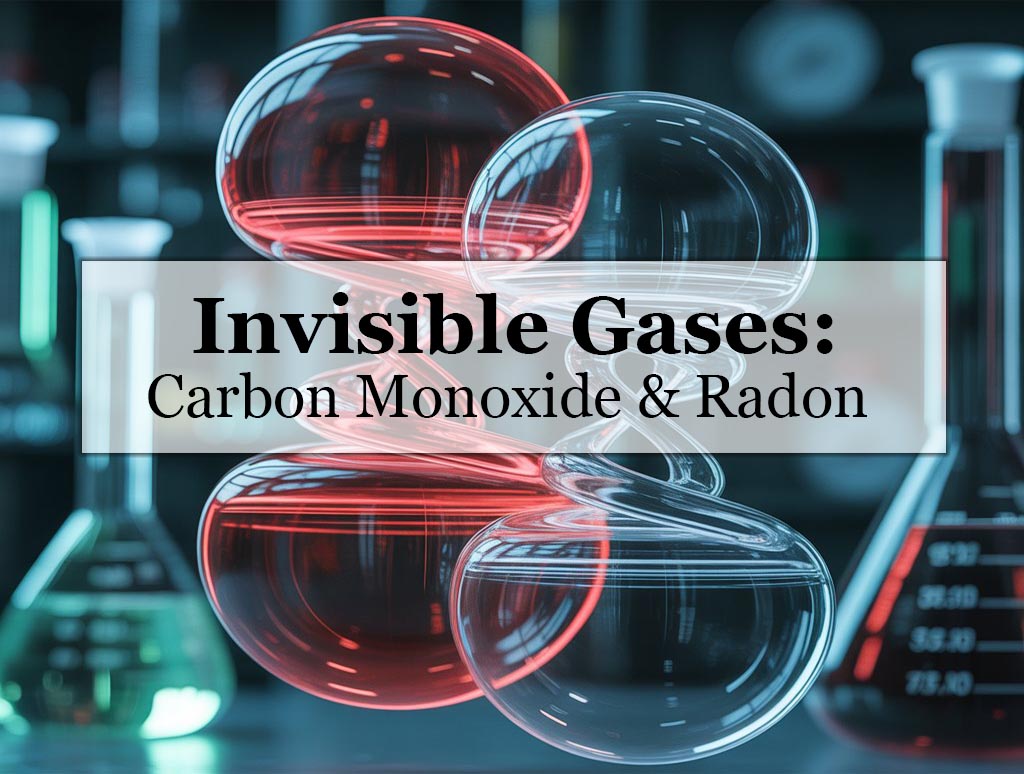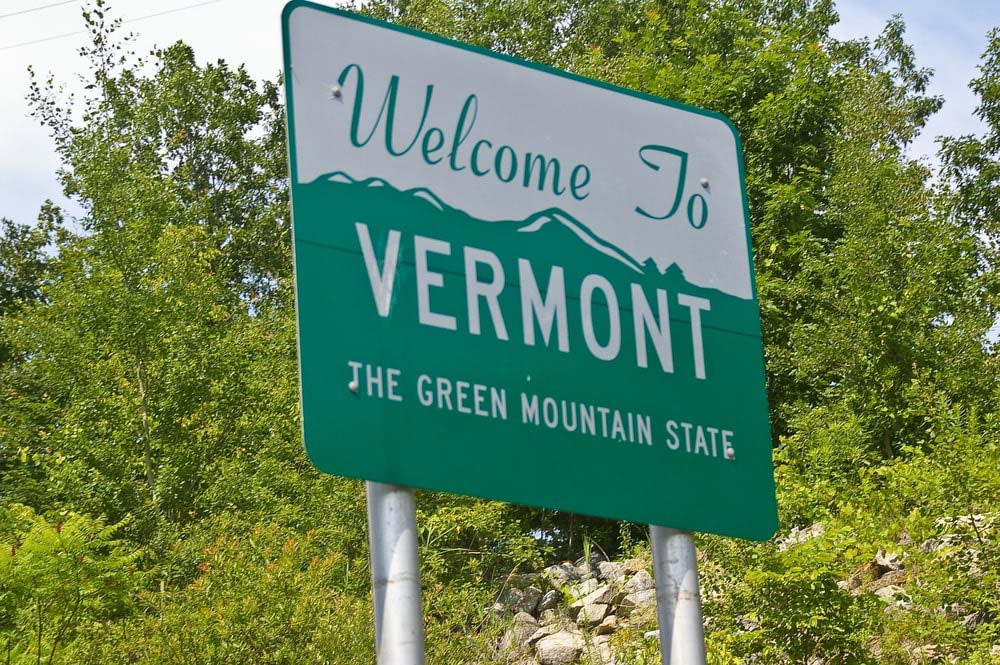Invisible Gases: Carbon Monoxide And Radon
Carbon monoxide and radon are invisible gases that you should be aware of in your home in order to protect your health.

Carbon monoxide is produced when fossil fuels (oil, gas, wood, or charcoal) are burned. In Vermont, many homes rely on fuel-burning heating systems, making CO protection especially important.
Symptoms of CO Poisoning:
- Headaches, dizziness, nausea
- Shortness of breath, confusion, fatigue
- At high levels, carbon monoxide can cause death
Vermont Law on CO and Smoke Detectors:
Per Vermont State Law (Title 9, Chapter 77, Section 2881):
- All residential buildings must have working smoke detectors and CO detectors.
- CO detectors are required on every level of the home and outside all sleeping areas.
- When selling a home in Vermont, sellers must certify on Closing Day that these detectors are installed and working.
What You Can Do:
- Install UL-listed CO detectors and test monthly.
- Change batteries regularly
- Have heating systems, water heaters, and wood stoves inspected annually.
- Never run a generator or vehicle in a closed garage, even with the door open.
Radon: A Hidden Health Risk in Vermont Homes
Radon is a naturally occurring radioactive gas that seeps up from the ground and enters homes through foundations, basements, and crawl spaces. According to the Vermont Department of Health, 1 in 7 homes in the state has elevated radon levels.
Why It Matters:
- Radon is the second leading cause of lung cancer in the U.S., after smoking.
- Long-term exposure is the primary concern — and the risk is higher in enclosed, poorly ventilated areas like basements.
Testing During the Home Inspection Period:
If you’re buying a home in Vermont, you can include radon testing as part of your inspection contingency. A short-term test can be scheduled by your home inspector or through a certified radon measurement contractor.
Radon Mitigation in Vermont:
- If results show 4.0 pCi/L or higher, the EPA recommends mitigation.
- Most mitigation systems are simple and involve venting radon gas through a pipe and fan system out of the home.
- The Vermont Radon Program offers resources, including free test kits during promotional periods.
Steps to a Safer Home in Vermont
Whether you’re already living in your home or preparing to buy, take these actions for peace of mind:
- Install and test carbon monoxide and smoke detectors as required by Vermont law.
- Include radon testing in your home inspection, or test your current home.
- If needed, invest in radon mitigation — it’s a one-time fix with long-term benefits.
Protect your loved ones from the hazards you can’t see — and make your home in the Green Mountains as safe as it is beautiful.
Helpful Vermont Resources:
Related Post
Vermont Fishing
Vermont Fishing Unlike most crowded and polluted water sources across the globe, the lakes and [...]

